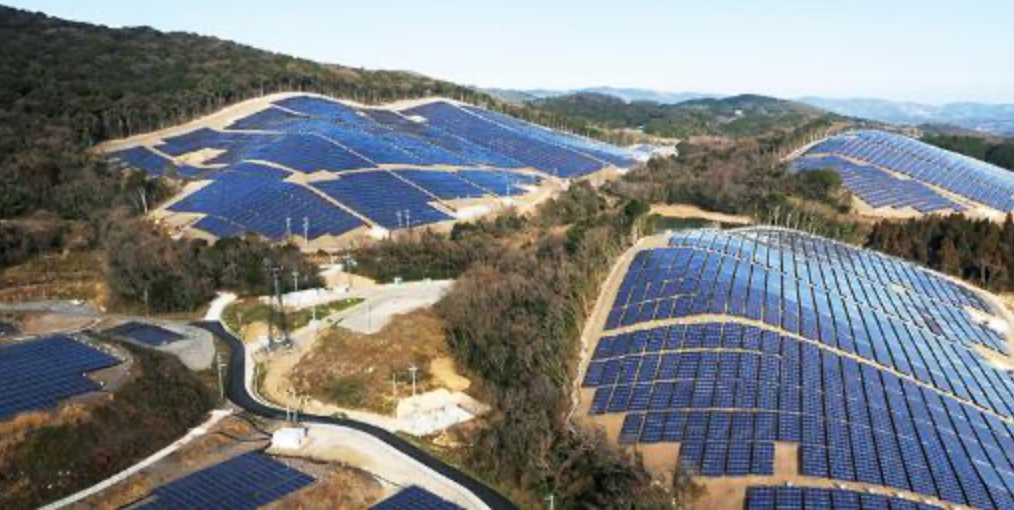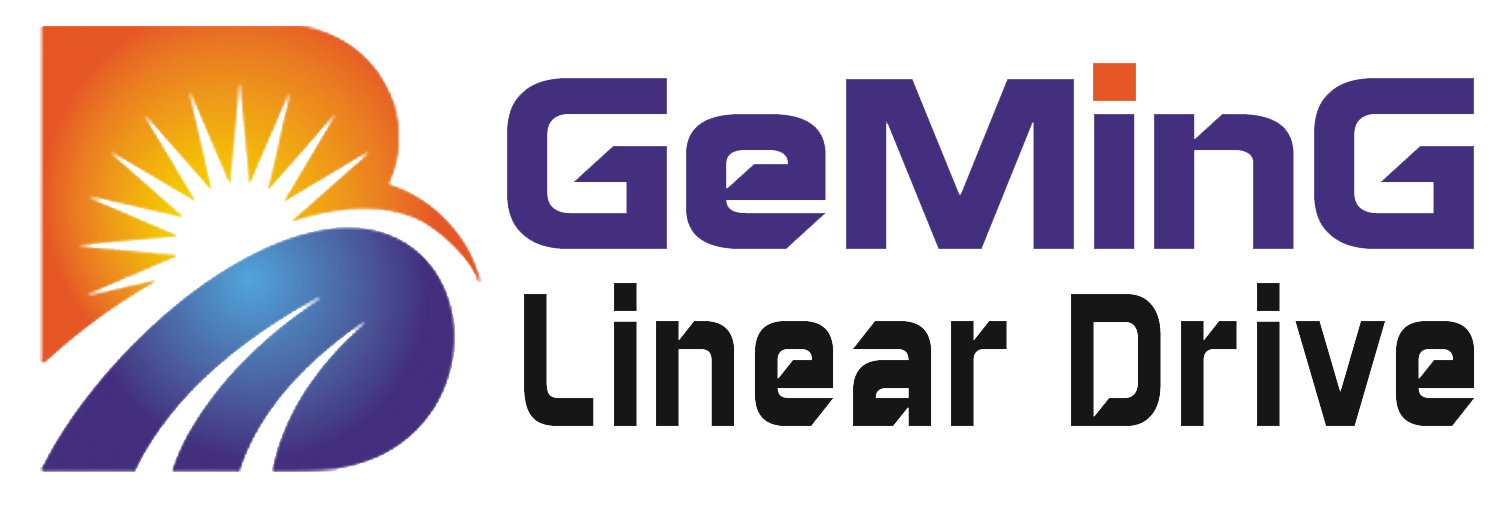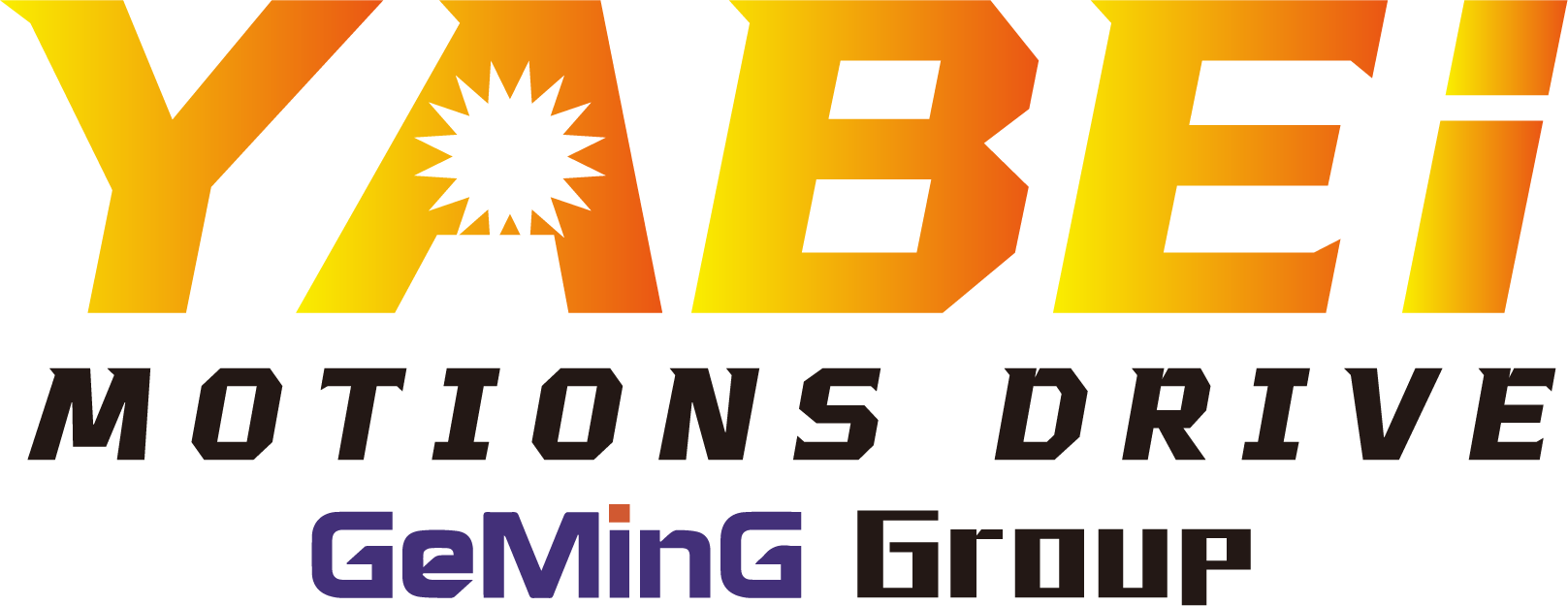
In recent years, the distributed photovoltaics for household use in China have witnessed rapid development, especially in some developed rural areas. However, many people still lack understanding about distributed power plants. Here are some frequently asked questions and their answers to help clarify common concerns.
Regarding safety, the photovoltaic system is equipped with lightning protection measures, so the risk of electric shock from thunder touching the battery board is low. The panels’ reflection is minimal as coated glass is commonly used. They are also free from pollution and radiation, with inverters and power distribution cabinets passing EMC tests.
When it comes to operation, the system can generate electricity with sunlight, but grid – connected inverters have island protection, causing the power supply to stop output during a grid disconnection. In terms of maintenance, rain can clean the modules; for stubborn dirt, a simple wipe is sufficient, preferably in the morning or late afternoon to avoid electric shock risks. Stepping on components is not advisable as it may damage them.
Weather conditions also affect power generation. Rainy days reduce power generation efficiency, with cloudy days generating only about 20% as much electricity as sunny days.
In terms of investment, a general household system with a capacity of 3 – 10 kilowatts costs about 18,000 – 80,000 yuan, with a cost – recovery period of 6 – 8 years, and a lifespan of over 25 years. The cost of electricity from a distributed power plant is 0.6 – 1 yuan/kWh, and adding a solar tracker can increase power generation but may not be cost – effective.
Installation requires filling out an application at the grid business office and is best done by professionals due to the need for professional knowledge and equipment qualifications. Choosing a regular installer can help guarantee power generation.


